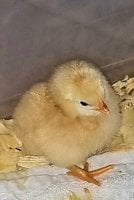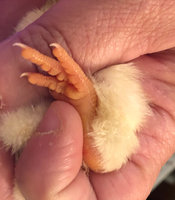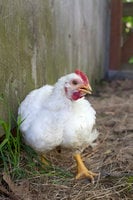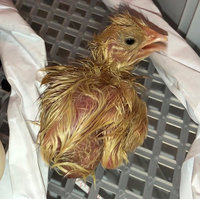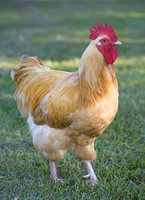I have crossed both ways. I started with a Dark Cornish cockerel and crossed him with two Murray McMurray Cornish Roaster pullets. Then crossed the white splash pullets back. Last year I came across a 4-H project, 2 cockerels and 2 pullets. I crossed the 3/4 Dark Cornish(white) pullets with the two Cornish cross cockerels. Finally I crossed the better cockerel with the Murray McMurray hen. I will be keeping the females back to cross with my blue 7/8 Dark Cornish. The cockerel just below is the 4-H CX... he had no manners at first. I used feed sacks as a reprimand to the attacks. He respected my legs after those many lessons.






Last edited:

